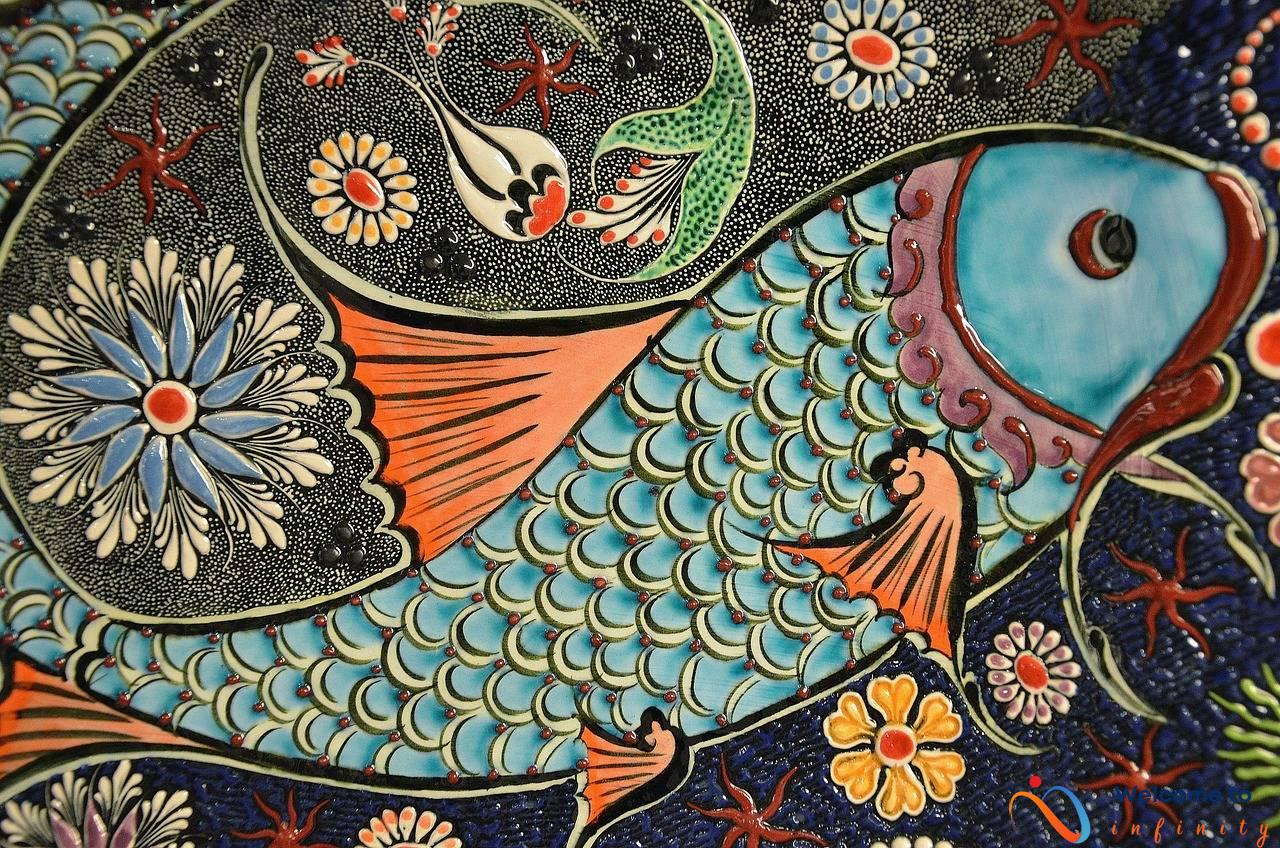Music connects people from different cultures, languages and countries through its universal language. From traditional and classical to rock and pop, music styles reflect diverse cultural beliefs, expressions and values. This article will delve into how culture influences music and the evolution of different genres and sounds due to cultural exchange.
Culture has a significant impact on the music of a particular region or country. Every culture has a distinctive musical identity that reflects its history, traditions and language. Music has been a medium to express cultural values and beliefs since ancient times. It ranges from traditional music to classical music to rock and pop, all reflecting distinctive cultural customs and concepts.
Different genres of music have evolved as a result of cultural exchange and a convergence of different musical styles. Traditional music is an essential part of most cultures around the world and reflects unique customs, beliefs and traditions of a particular region. The birth of jazz was a result of African American culture and musical traditions combining to create a new genre with a unique sound and rhythm. Similarly, rock and pop have evolved beyond their western origins to become global genres, shaped by cultural exchange and influenced by different cultures.
The Role of Culture in Music
Music is not only a form of entertainment but also a reflection of the culture of a particular region or country. Culture plays a vital role in shaping the sounds, rhythms, and lyrics of a musical genre, and through music, artists can express their unique cultural identity, beliefs, and values.
One of the ways culture manifests in music is through the use of traditional instruments. For example, instruments like the sitar, tabla, and sarod are commonly used in Indian classical music and reflect the country's rich cultural heritage. Similarly, the use of the shamisen in Japanese music or the accordion in French music reflects the unique cultural identity of those regions.
Cultural values and beliefs also play a role in shaping the lyrics of a particular genre. For instance, African American spirituals reflected the struggles and hopes of enslaved individuals, while reggae music often promotes peace and social justice. Similarly, Latin American music often reflects the passion, emotions, and love of the people and culture.
Furthermore, different regions and countries have unique styles of music that reflect their cultural identity. For example, flamenco music originated in Spain and is characterized by its intricate guitar playing and passionate singing. In contrast, gamelan music from Indonesia is characterized by its use of percussion instruments and rich polyphonic textures.
In conclusion, culture is an essential factor that shapes music and its evolution. Through music, artists can express their unique cultural identity, beliefs, and values, and cultural exchange has given rise to a diverse range of genres and styles. Whether it's the use of traditional instruments or the influence of cultural values and beliefs on the lyrics, culture plays a vital role in shaping the music we love and enjoy.
Exploring Different Genres and Sounds
Music is one of the most important cultural expressions around the world. The different genres and sounds that we hear today have evolved as a result of cultural exchange and a convergence of different musical styles. This section will provide an overview of some of the most popular genres of music, including traditional, classical, jazz, rock, and pop.
Traditionally, music has been an essential part of most cultures, and it reflects the unique customs, beliefs, and traditions of a community or region. From Africa to Asia, Europe to the Americas, traditional music has been shaped by the cultural exchange and has influenced other musical genres. For example, Latin American music has influenced rock and pop, while Indian classical music has influenced jazz.
Classical music also has its roots in Western European culture, but it has also been influenced by other cultures, including Eastern Asia and the Middle East. Over the centuries, classical music has evolved, changing the way we think about and listen to music today. Different composers were influenced by the music of non-European cultures, and they incorporated these sounds and elements into their compositions.
Jazz emerged in the early 20th century as a result of African American culture and musical traditions coming together. Jazz is known for its unique sound and rhythms, which have become part of the world's music heritage. Jazz has influenced other musical genres, including rock, pop, and classical music, and has continued to evolve over the years.
Rock and pop music have been shaped by cultural exchange and have evolved beyond their Western origins to become global genres. Different cultures have contributed to their evolution, and today, we see a wide variety of musical styles and sounds in both rock and pop music. These genres continue to be popular around the world, with artists incorporating elements of different cultures and styles into their music.
In conclusion, music is a powerful force that has the ability to bring people together from different cultures and backgrounds. The different genres and sounds that we hear today have evolved as a result of cultural exchange and the convergence of different musical styles. Traditional, classical, jazz, rock, and pop music all have unique histories and influences, and they continue to evolve as we move through the 21st century.
Traditional Music and Folklore
Traditional music is a significant part of every culture and reflects the unique customs, beliefs, and traditions of a particular region. From Africa's tribal rhythms to Asian percussion to the haunting melodies of Europe, traditional music stands out for its distinctive sounds and styles. A particular region's traditional music is often closely associated with their history, rituals, and mythology, making it a valuable part of their cultural heritage.
Traditional music has also had a significant influence on other musical genres over time. For example, African rhythms and melodies have been incorporated into jazz and blues, giving birth to a new sound that has since evolved into various contemporary music genres. The Irish's traditional instruments such as the bodhrán, tin whistle, and fiddle have found a place in folk and country music worldwide. Moreover, Native American traditional music has been integrated into modern music genres, such as rock and alternative to create a unique sound that appeals to millions of music lovers.
Traditional music and folklore offer fascinating insights into the beliefs, history, and practices of different cultures worldwide. It's a testament to the creativity and ingenuity of human beings who continue to create new forms of music by blending traditional styles with modern ones, all while preserving the musical heritage of their ancestors.











